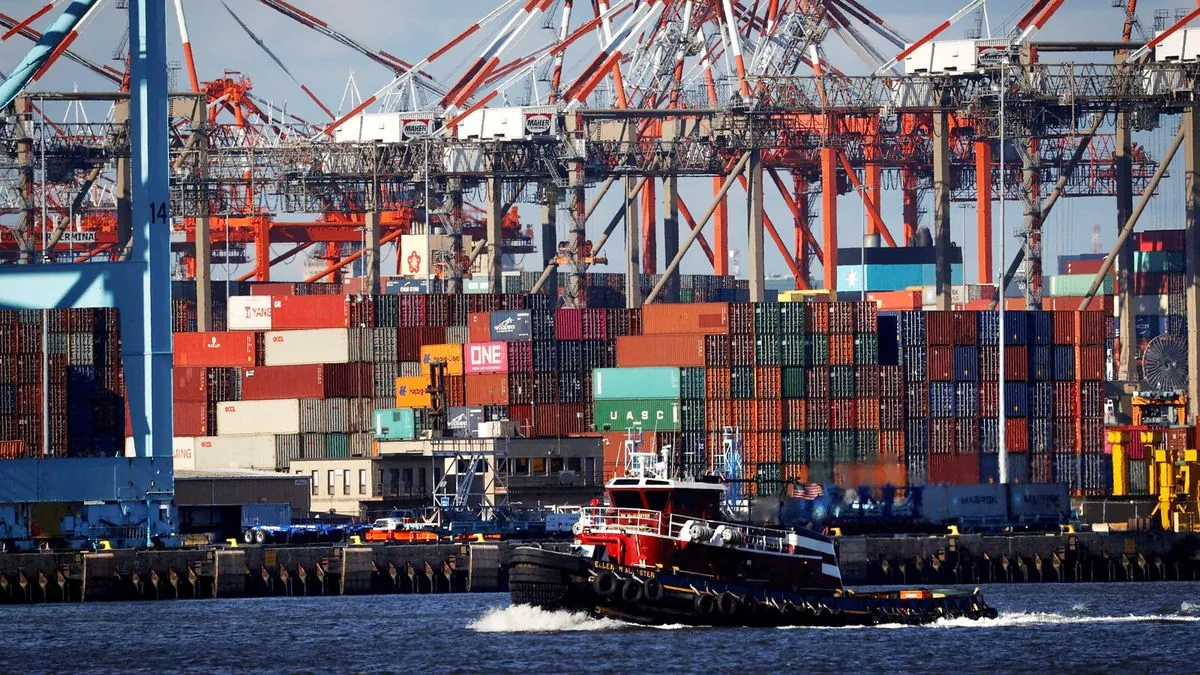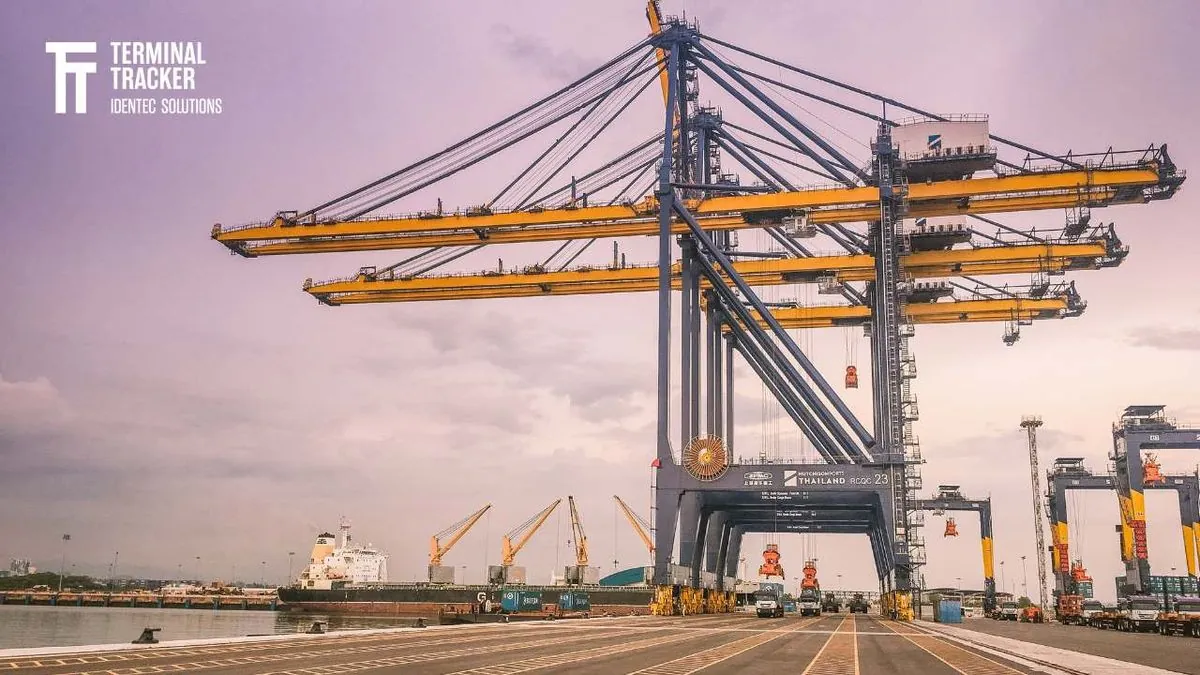Dockworkers Secure Major Pay Raise, Suspend Strike at U.S. East and Gulf Coast Ports
Dockworkers and port operators reach a tentative agreement, suspending a four-day strike. The deal includes a substantial wage increase and extends contract negotiations, averting potential economic disruption.

On October 3, 2024, a significant development occurred in the U.S. maritime industry as dockworkers and port operators reached a tentative agreement, effectively suspending a four-day strike that had threatened to disrupt the nation's economy. The International Longshoremen's Association (ILA), which has been representing dockworkers since its founding in 1892, successfully negotiated a substantial 62% wage increase for its members.
The agreement extends the existing contract through January 15, 2025, allowing for continued negotiations on remaining issues. This resolution comes at a crucial time, less than five weeks before the U.S. presidential election, averting potential economic turmoil that could have impacted the political landscape.
The maritime industry, which contributes approximately $5.4 trillion annually to the U.S. economy, plays a vital role in the nation's commerce. The strike had affected operations at 36 ports along the East and Gulf Coasts, including major hubs like the Port of New York and New Jersey, the largest on the East Coast, and the Port of Houston, the busiest in the Gulf region.
Key points of contention in the negotiations included:
- Substantial wage increases
- Restrictions on further automation in ports
The automation issue has been a long-standing concern for dockworkers. Since the opening of the first automated container terminal in Norfolk, Virginia, in 1993, the industry has seen significant technological advancements. The ILA has been advocating for measures to protect jobs and ensure fair working conditions in the face of these changes.

It's worth noting that the average annual salary for longshoremen in the U.S. is around $95,000, reflecting the skilled nature of their work and the critical role they play in the nation's supply chain. The substantial wage increase secured in this agreement is likely to have a significant impact on the industry's labor landscape.
The resolution of this strike is particularly important given the current global shipping context. The Panama Canal expansion in 2016 allowed larger ships to reach East Coast ports, increasing their strategic importance. Additionally, with over 360 commercial ports in the U.S., the potential for widespread disruption was significant.
The U.S. maritime industry operates under various regulations and oversight bodies. The Merchant Marine Act of 1920, also known as the Jones Act, regulates maritime commerce in U.S. waters. The U.S. Coast Guard oversees the safety and security of ports, while the Maritime Administration (MARAD) promotes the industry's interests.
As negotiations continue, both parties will need to address the ongoing challenges facing the industry, including the impact of containerization, which revolutionized shipping in the 1950s, and the need for infrastructure improvements funded through mechanisms like the Harbor Maintenance Trust Fund and the Water Resources Development Act.
This tentative agreement marks a significant milestone in the ongoing dialogue between labor and management in the U.S. maritime sector, reflecting the industry's evolution since the formation of the first dockworkers' union in 1864 and the launch of the first container ship, the Ideal X, in 1956.


































